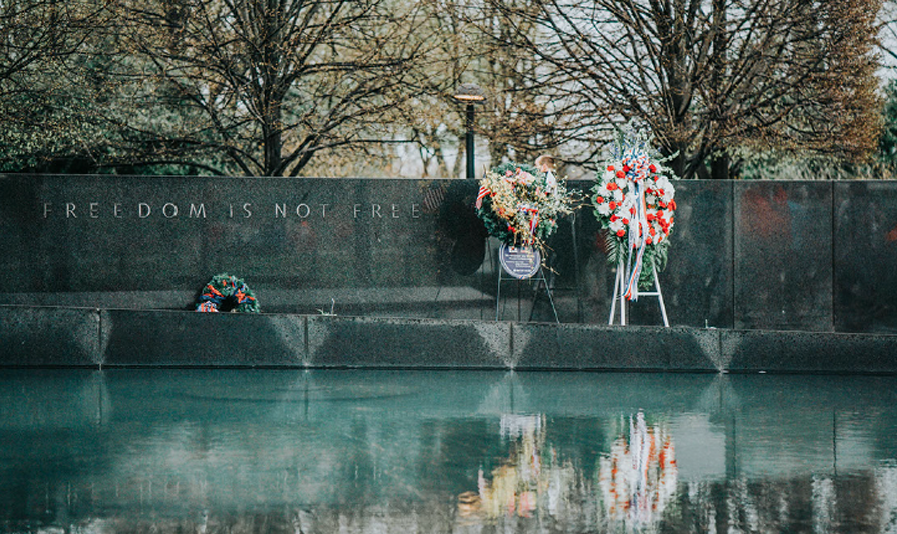.

Memorial Day
Although this day is a nationally recognized holiday to honor those that have died while in service defending our freedoms. BUTTT we need to have a Memorial Day today, tomorrow and EVERYDAY!
There are soooo many soldiers that are giving up their lives, their families and are dealing with a loss of a mom or dad. This is so horrific for these people, and there is no way we can personally celebrate every soldier or family, but we can:
- salute a soldier if you see him in uniform,
- you could also tell him/her how proud it is to have this service willing to give up their freedom, their family and their life.
- Or you could just say a simple THANK YOU.
- Don’t just let this day be the day make it EVERYDAY! Thanks peeps, now I will get on with the history, those who hate history can fall asleep at any time 🙂
This day was originally called Decoration Day, it is a day of remembrance for those who have died in service of the United States of America. Over two dozen cities and towns claim to be the birthplace of Memorial Day. While Waterloo N.Y. was officially declared the birthplace of Memorial Day by President Lyndon Johnson in May 1966, it’s difficult to prove conclusively the origins of the day.
Regardless of the exact date or location of its origins, one thing is clear – Memorial Day was borne out of the Civil War and a desire to honor our dead. It was officially proclaimed on 5 May 1868 by General John Logan, national commander of the Grand Army of the Republic, in his General Order No. 11. “The 30th of May, 1868, is designated for the purpose of strewing with flowers, or otherwise decorating the graves of comrades who died in defense of their country during the late rebellion, and whose bodies now lie in almost every city, village and hamlet churchyard in the land,” he proclaimed. The date of Decoration Day, as he called it, was chosen because it wasn’t the anniversary of any particular battle.
On the first Decoration Day, General James Garfield made a speech at Arlington National Cemetery, and 5,000 participants decorated the graves of the 20,000 Union and Confederate soldiers buried there.
The first state to officially recognize the holiday was New York in 1873. By 1890 it was recognized by all of the northern states. The South refused to acknowledge the day, honoring their dead on separate days until after World War I (when the holiday changed from honoring just those who died fighting in the Civil War to honoring Americans who died fighting in any war).
It is now observed in almost every state on the last Monday in May with Congressional passage of the National Holiday Act of 1971 (P.L. 90 – 363). This helped ensure a three day weekend for Federal holidays, though several southern states have an additional separate day for honoring the Confederate war dead: January 19th in Texas; April 26th in Alabama, Florida, Georgia, and Mississippi; May 10th in South Carolina; and June 3rd (Jefferson Davis’ birthday) in Louisiana and Tennessee.
Check out the ways you can honor a HERO!
https://www.usaa.com/inet/wc/ent_all_memorialday_landing_mkt_ways_to_honor


 This is my son Doug, below is my beloved guy Bandit RIP. And on the right Ringo (13) and “a lil CHUNKY” and Ms. Kitty (9 months old).
This is my son Doug, below is my beloved guy Bandit RIP. And on the right Ringo (13) and “a lil CHUNKY” and Ms. Kitty (9 months old).

